One can’t but feel as if they are being tested when they are faced with a complex set of instructions to assemble a piece of furniture. Some people crumble under the pressure while those with a more pronounced right-brain thrive when given the challenge to make something appear from nothing. Bulgarian based design firm PRAKTRIK is a studio and brand that embraces such playful trickery and invites their customers to design their own furniture given various components of a puzzle that may or may not result in a geometrically-charged design.
PRAKTRIK sees their furniture as fulfilling a utilitarian need as their production is low-tech and all materials are natural, ecological and harmless. They can be assembled and disassembled and are evident that design doesn’t have to be static but has the ability to surprise and evolve. As their name “practical tricks” implies, their designs are inspired by burr puzzles, a set of notched sticks that create a single, three-dimensional piece. Just follow their minimalist set of instructions and solve the geometric mystery of the PRAKTRIK puzzle. But as with all puzzles there is more than one way to create a PRAKTRIK design.
Choose from one of their three interlocking systems to begin building your own practical trick. The first interlocking design is represented by structures 4×6, 5×4 and 6×3 , which are dubbed “impossible” as they are theoretically impossible to create in a three-dimensional world. The “sliding” set represented by structures 1×3, 1×2+1, 1×6, 2×3, 4×3 can be created by sliding notched pieces together. The third principle called “coordinate” is represented by VST, VIIC, XIIL, IXT1 and VIMB and can be created by moving all parts simultaneously. Each piece is assigned its own level of difficulty so you can eliminate one element of the equation before undertaking the PRAKTRIK challenge.
Petar Zaharinov, product designer at PRAKTRIK defines his design ethos:
“I like pieces where structure, function, and aesthetics are one. It is a very modernist and constructivist view. I think that an emotional component is also very important nowadays and it will become even more important in the future. In my case the emotional comes from the involvement of the client in the creation process. When you assemble a furniture as a puzzle you become much more emotionally connected to it. Such puzzles also involve some mystical component because the connection between the initial elements and the assembled structure is not obvious and sometimes seems impossible. Every element in our furniture is important structurally, functionally, and aesthetically. If you remove or add a new element the structure will become either unstable, useless, and incomplete or over structured, artificially adapted, and redundant. I first find an abstract assembly principle and then decide about its possible function.”

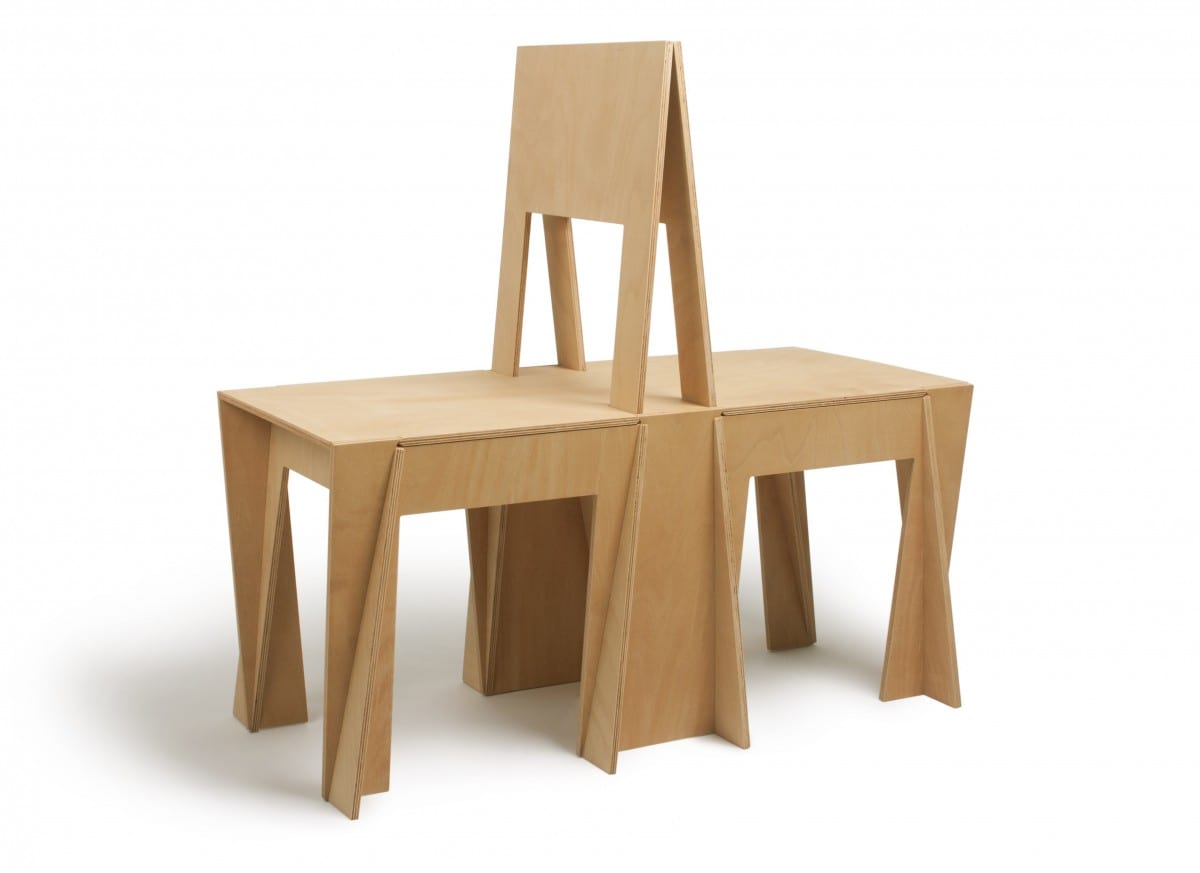
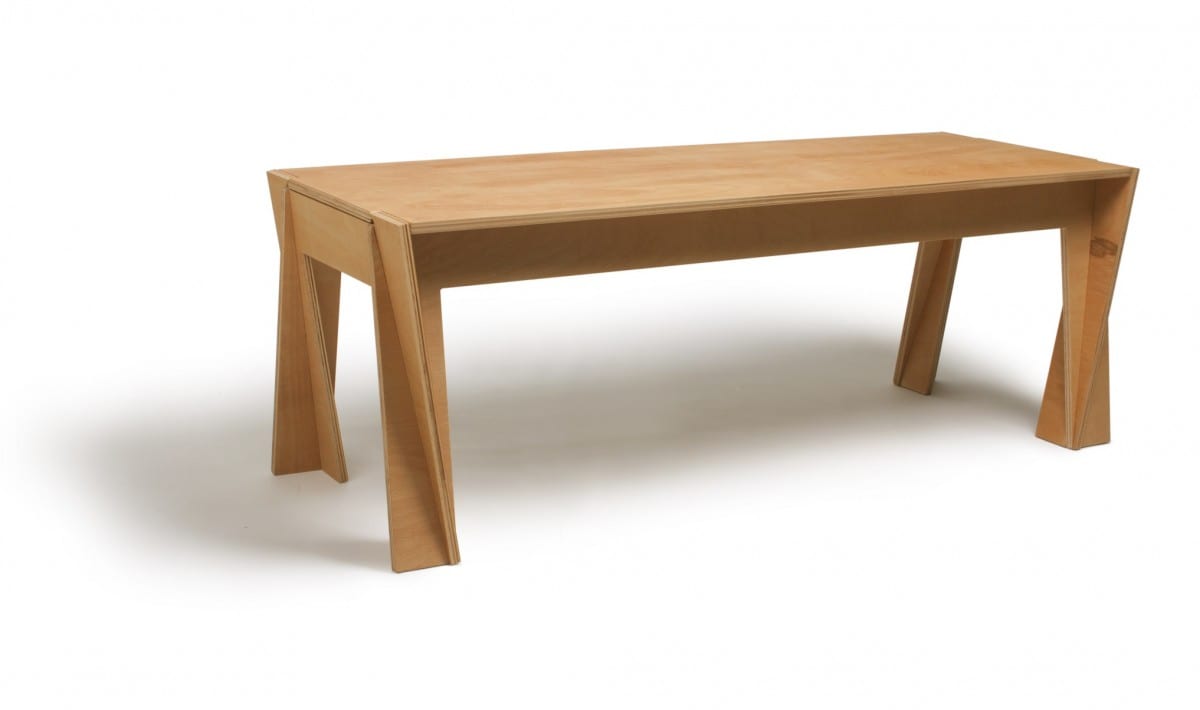
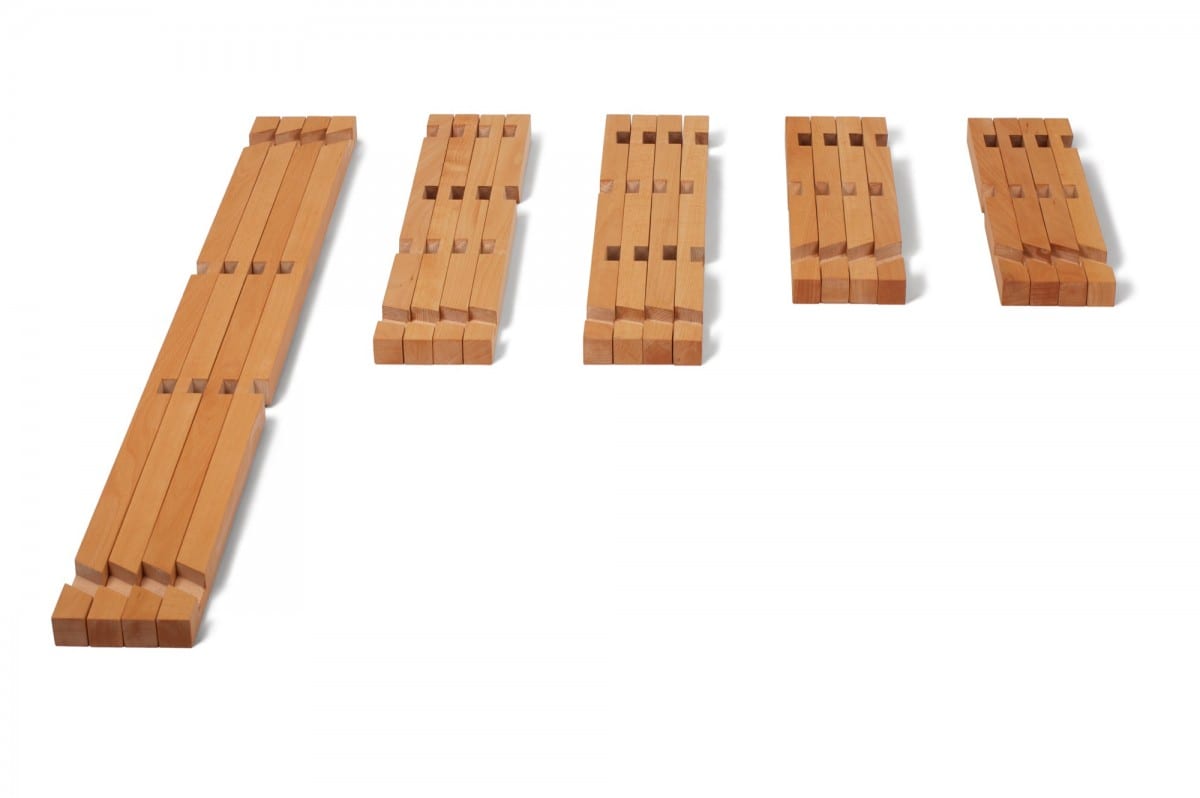
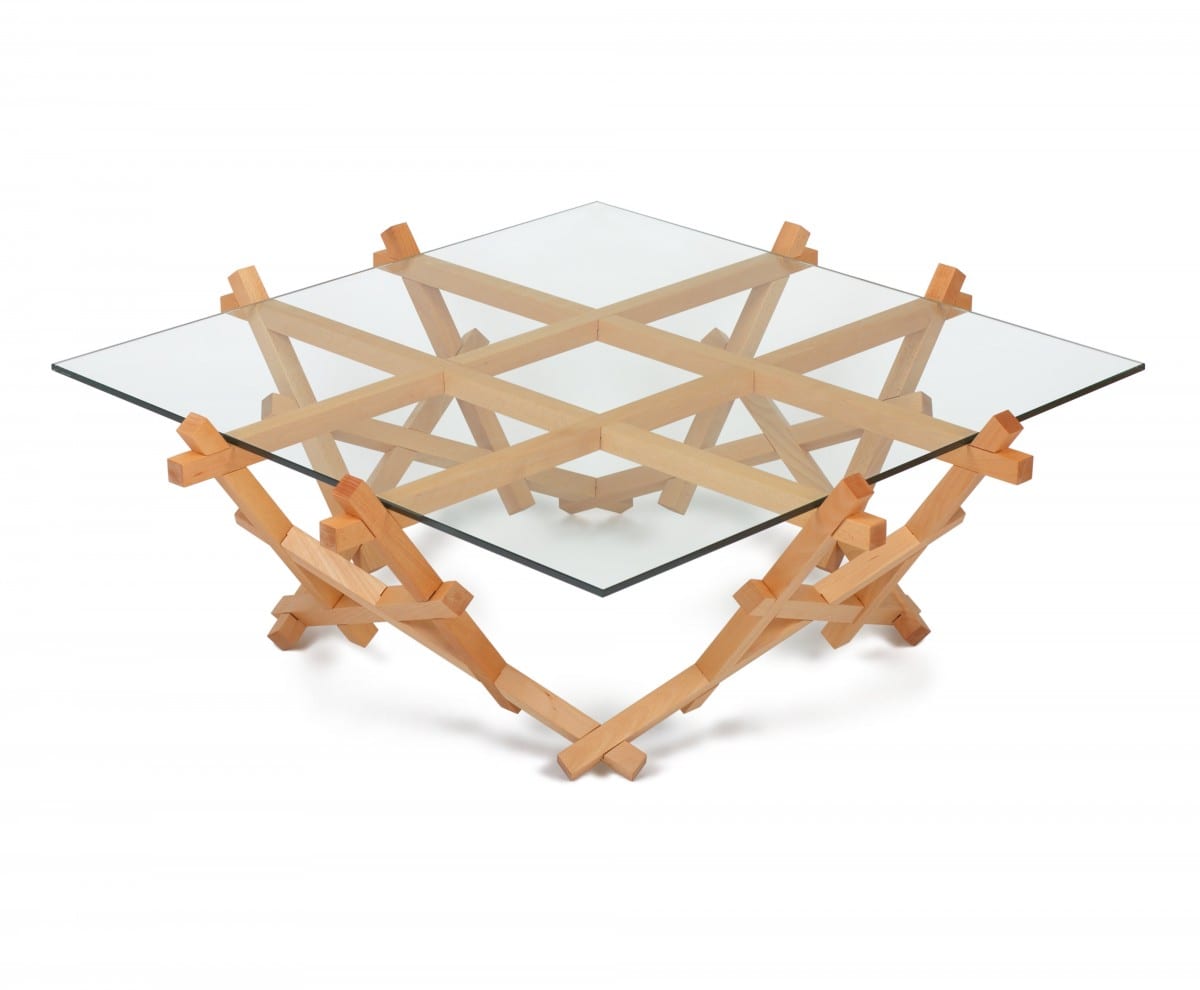
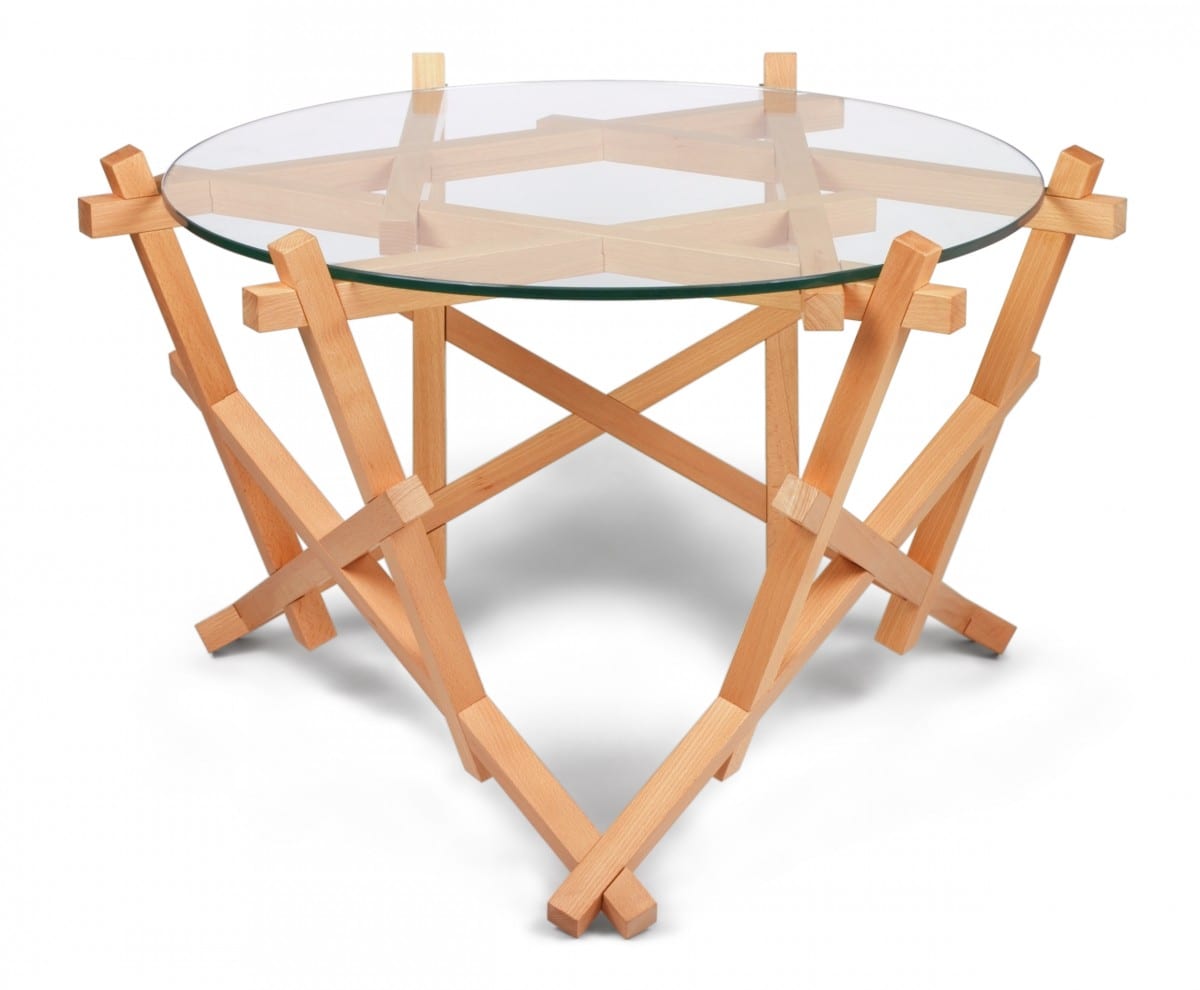
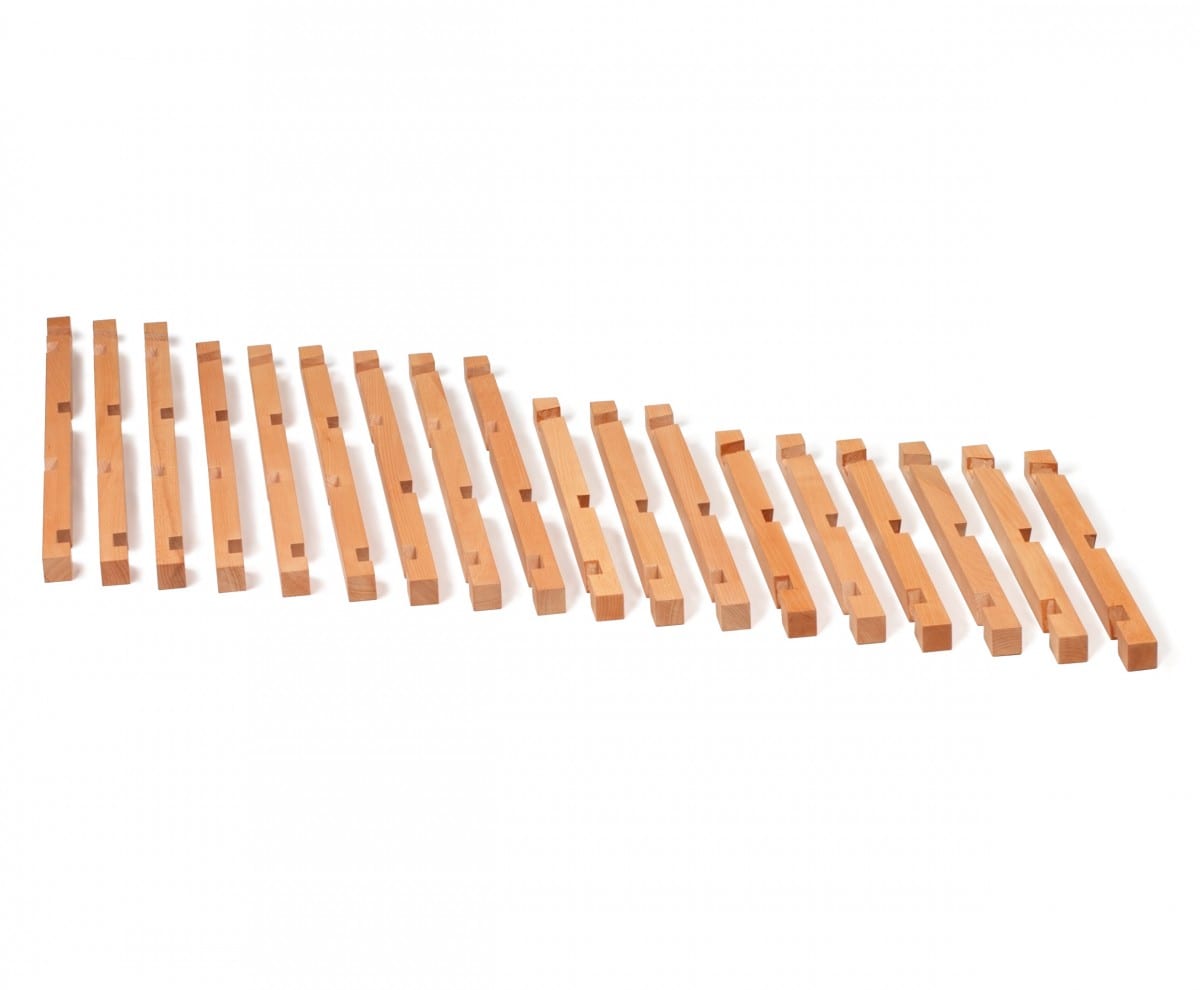
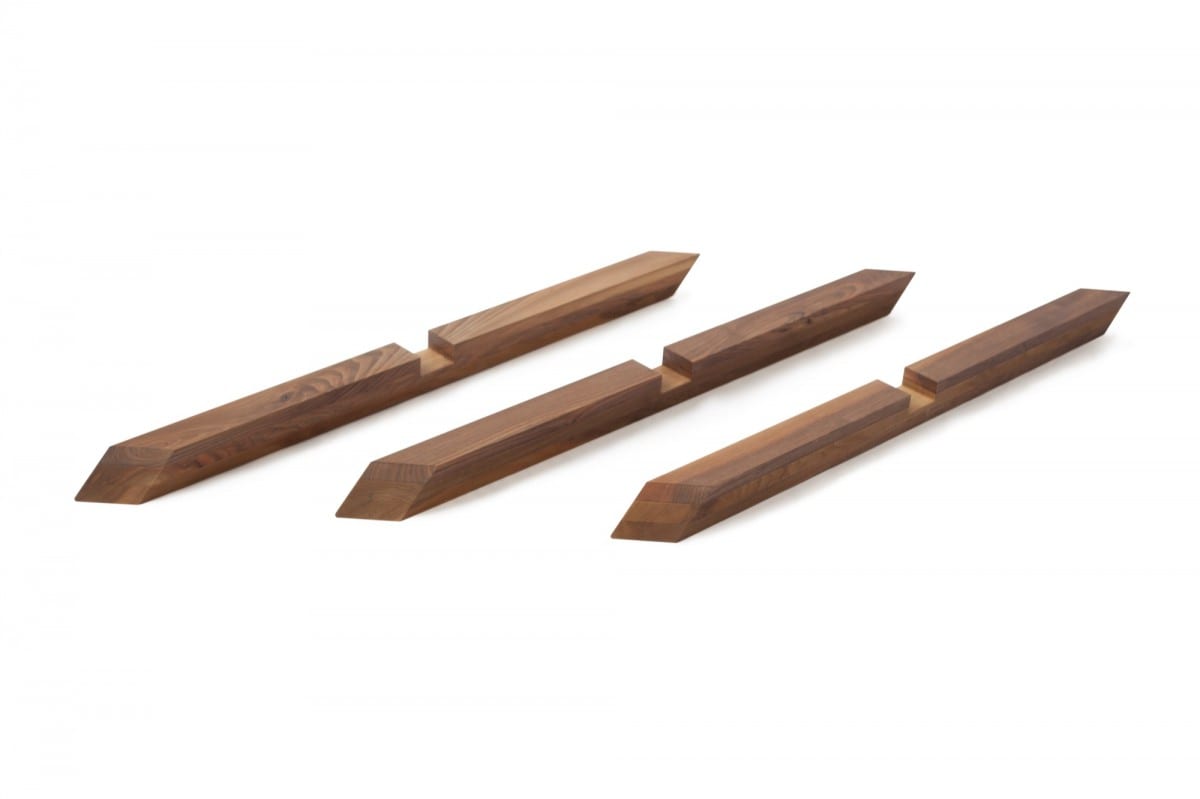

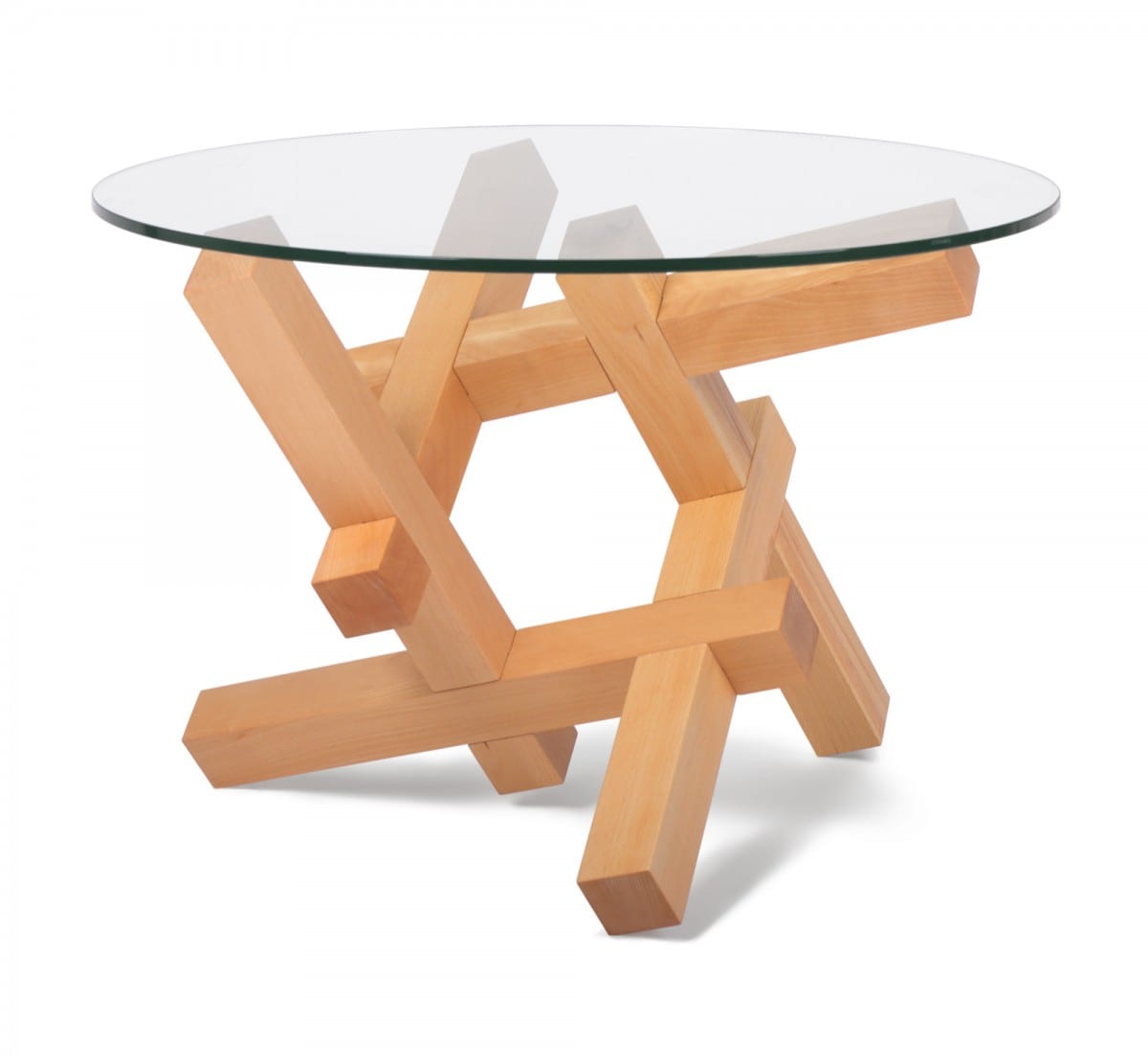
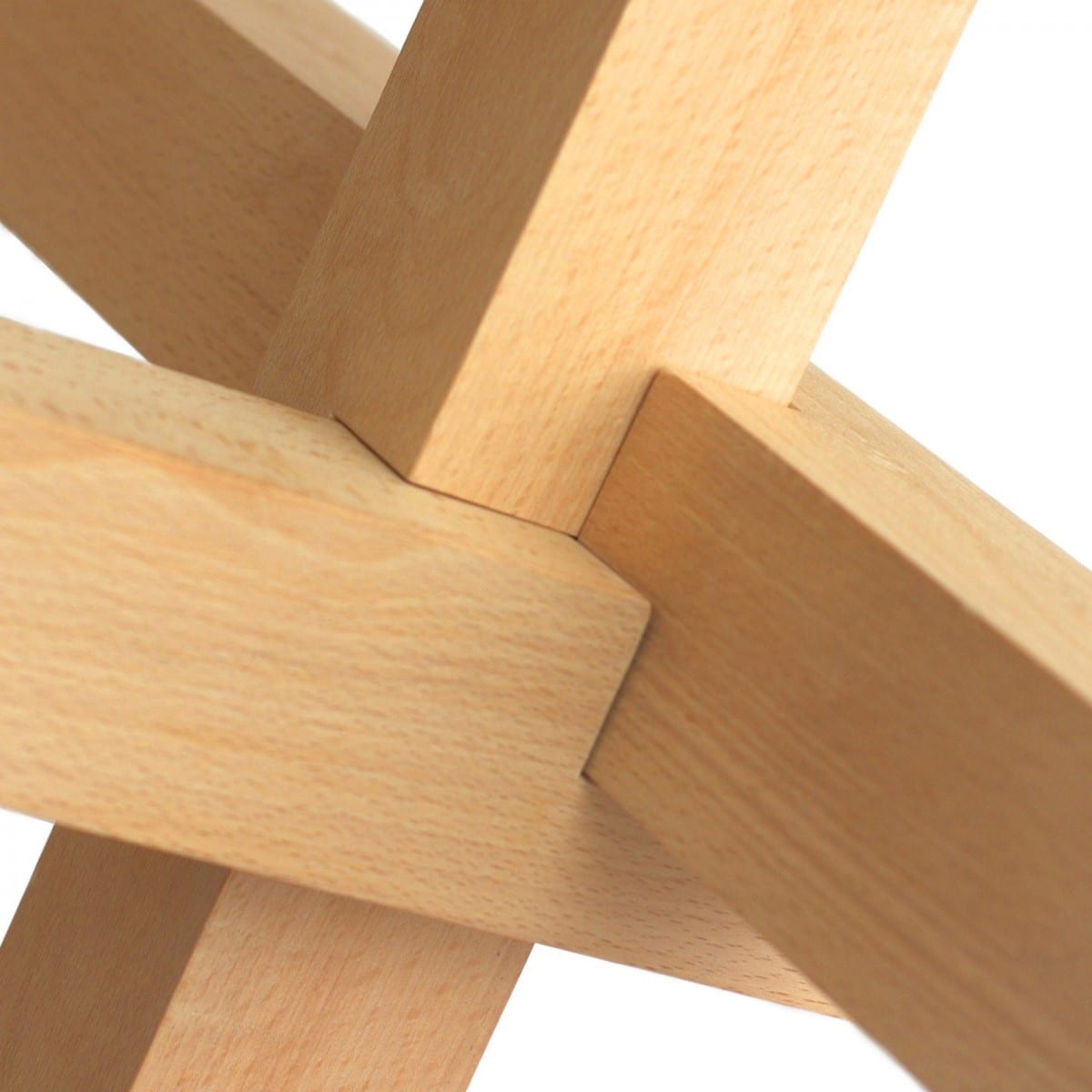
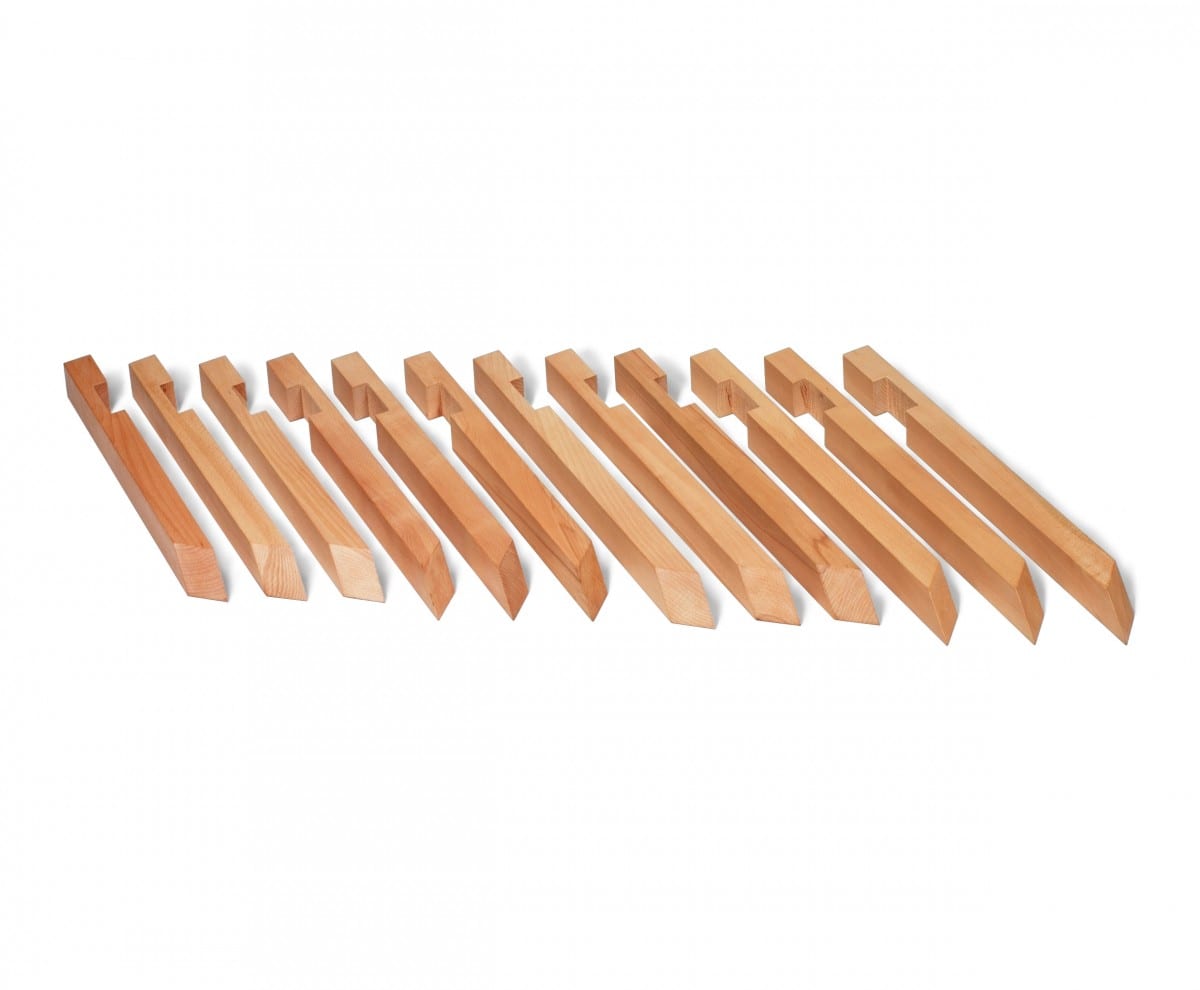
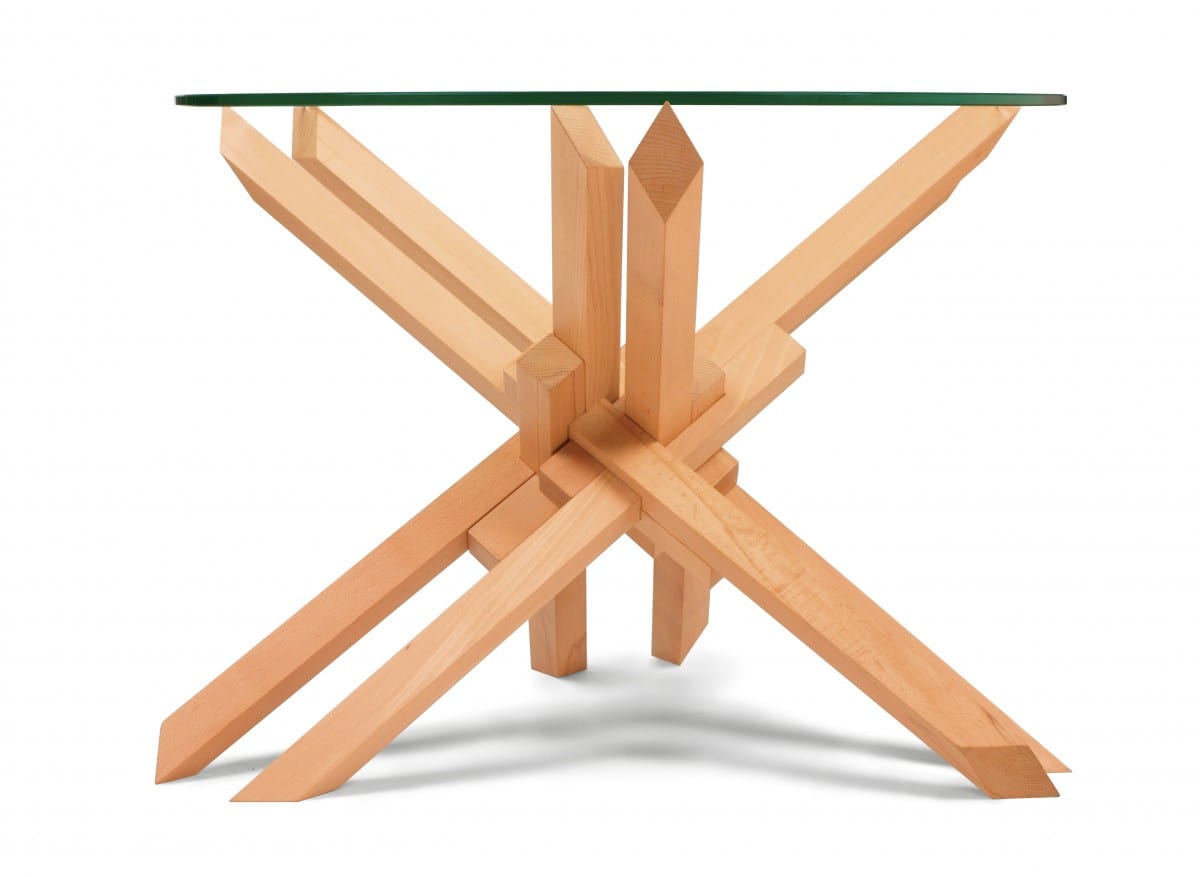
All images courtesy of PRAKTRIK
